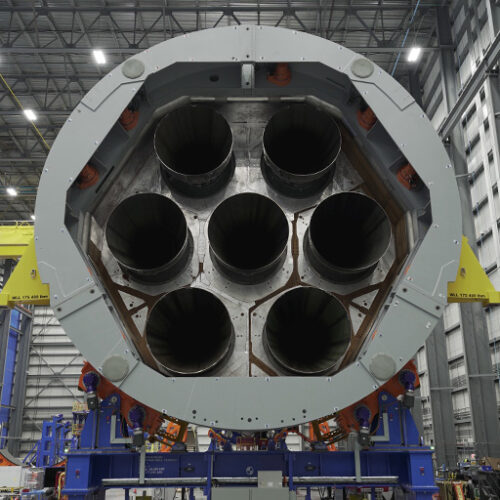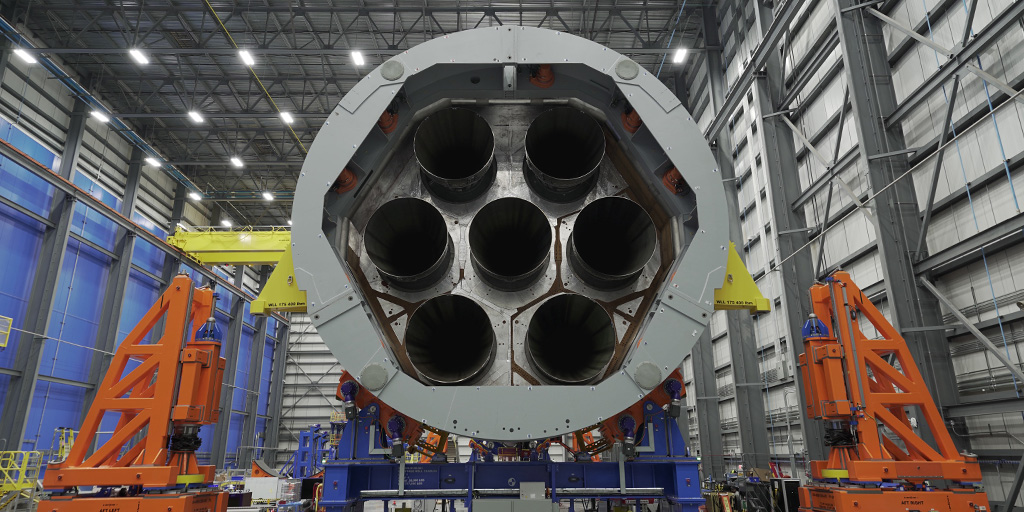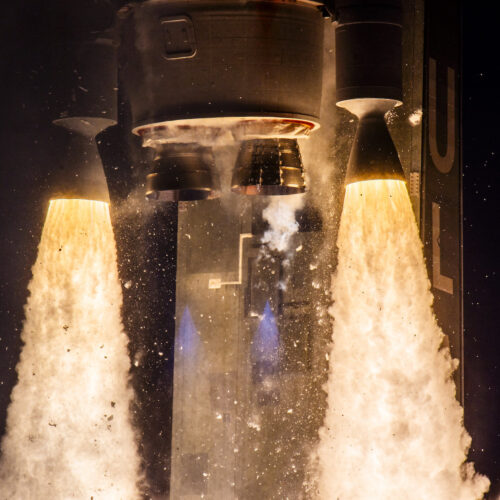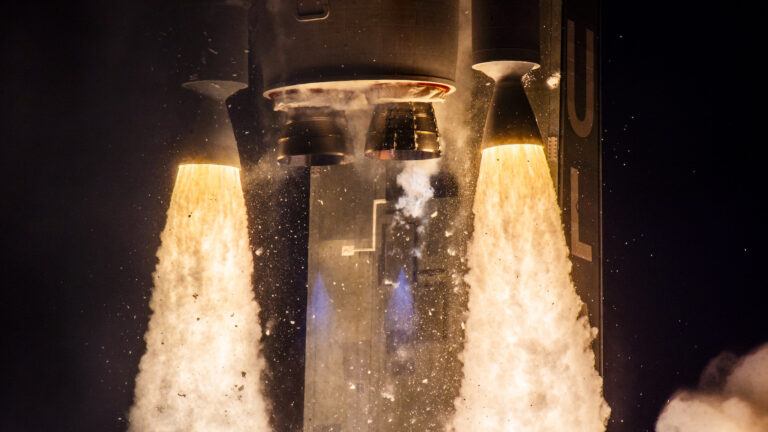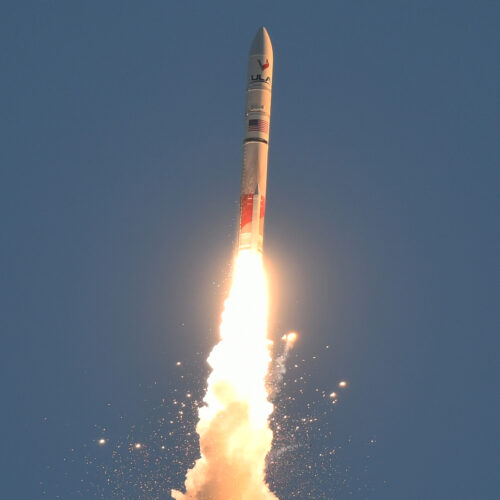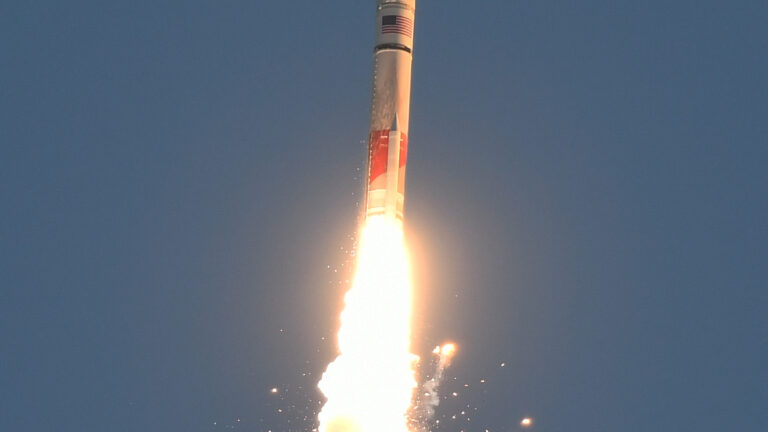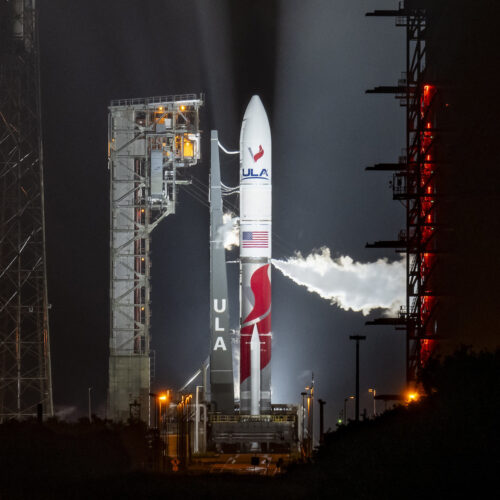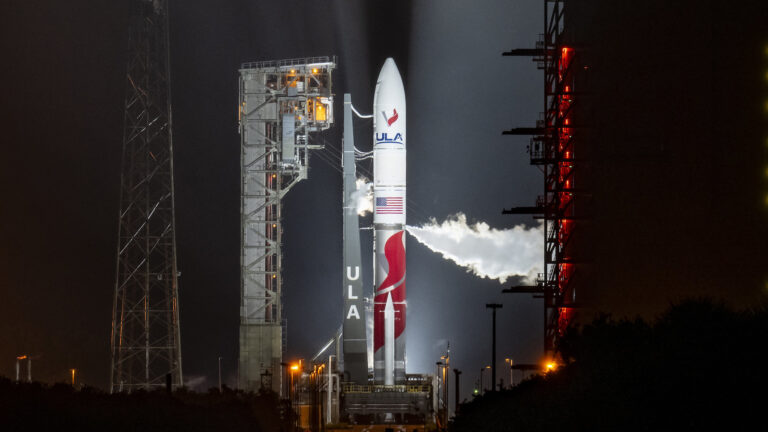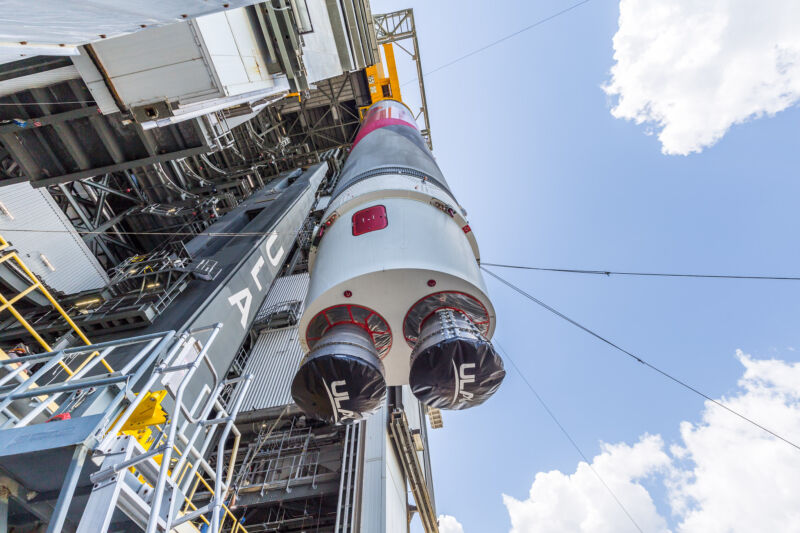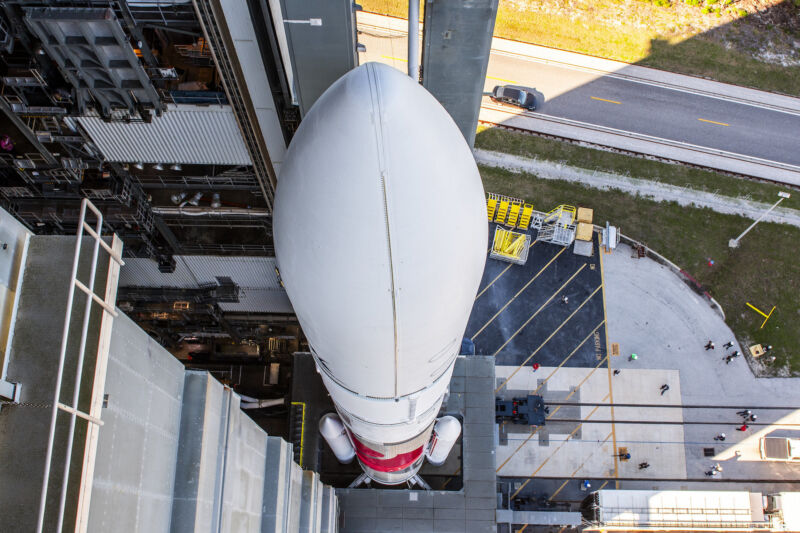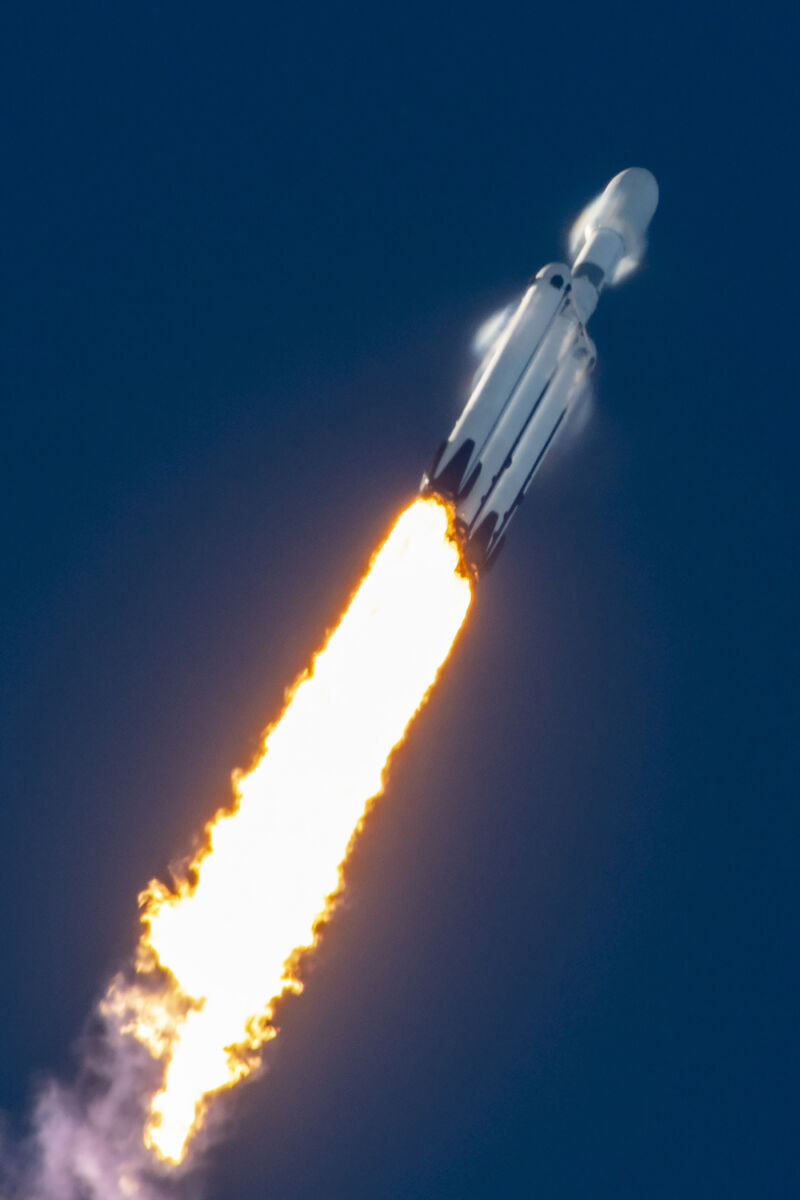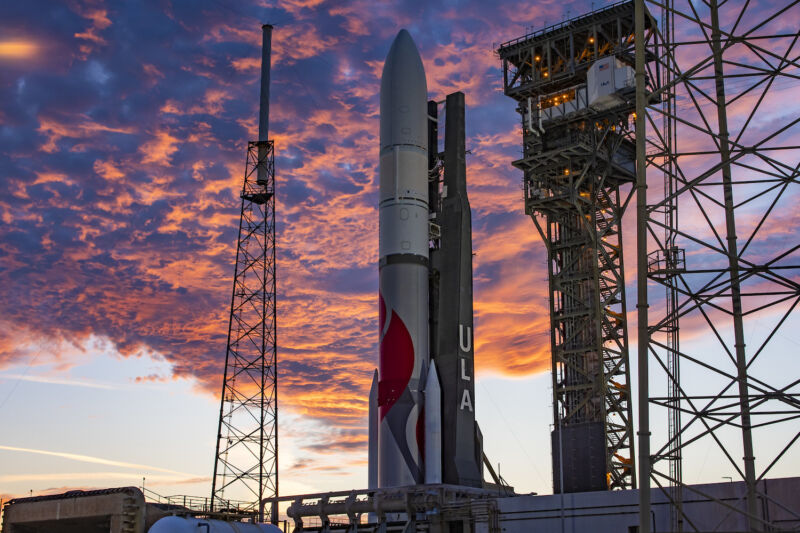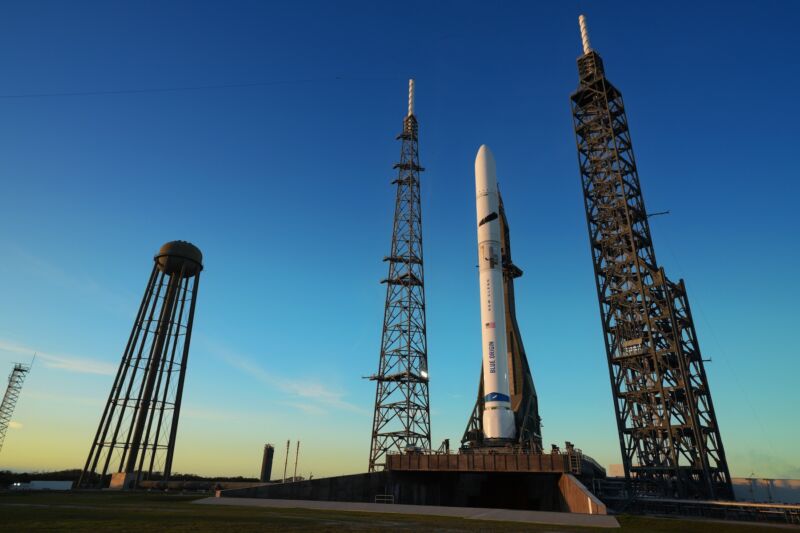While ULA studies Vulcan booster anomaly, it’s also investigating fairing issues
A little more than a year ago, a snippet of video that wasn't supposed to go public made its way onto United Launch Alliance's live broadcast of an Atlas V rocket launch carrying three classified surveillance satellites for the US Space Force and the National Reconnaissance Office.
On these types of secretive national security missions, the government typically requests that the launch provider stop providing updates on the ascent into space when the rocket jettisons its two-piece payload fairing a few minutes after launch. And there should be no live video from the rocket released to the public showing the fairing separation sequence, which exposes the payloads to the space environment for the first time.
But the public saw video of the clamshell-like payload fairing falling away from the Atlas V rocket as it fired downrange from Cape Canaveral, Florida, on September 10, 2023. It wasn't pretty. Numerous chunks of material, possibly insulation from the inner wall of the payload shroud's two shells, fell off the fairing. The video embedded below shows the moment of payload fairing jettison.
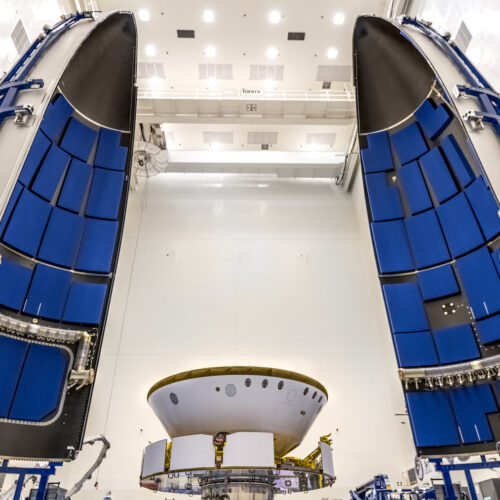
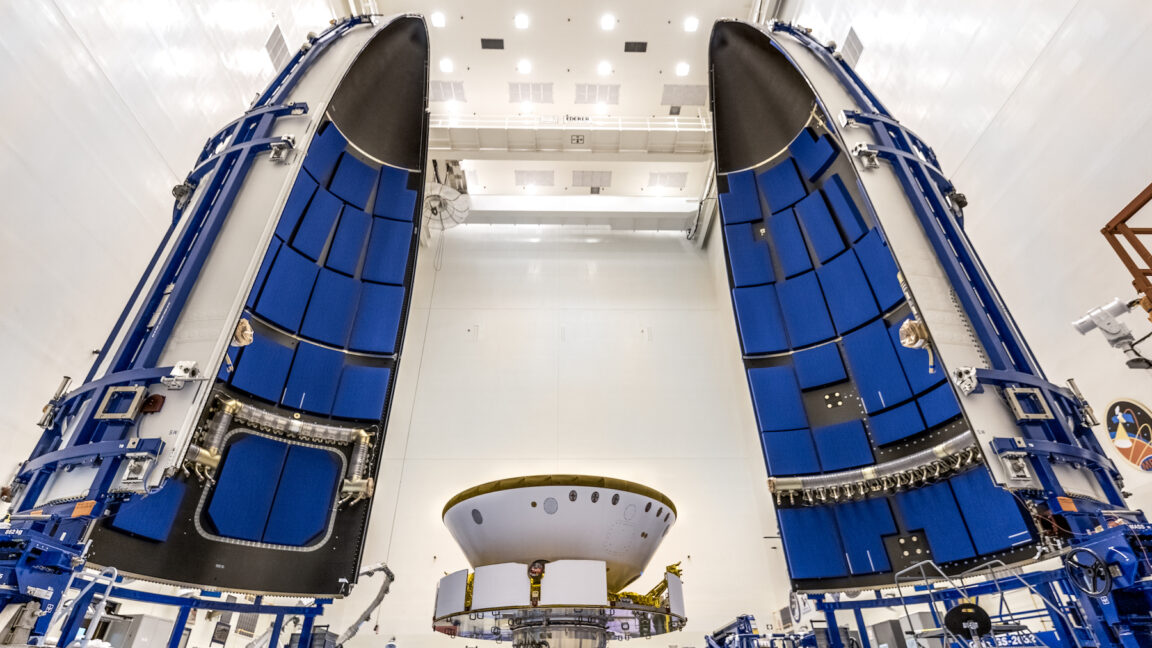
© NASA/Christian Mangano

